Nigeria’s cost of living remains a pressing issue despite the rebasing of the Consumer Price Index (CPI) by the National Bureau of Statistics (NBS). The latest report ranks Imo as the most expensive state to live in as of January 2025, surpassing other states with high inflation rates.
The NBS recently adjusted its inflation measurement methodology by changing the base year from 2009 to 2024, revising the weighting structure, and expanding the product basket. This resulted in a nationwide inflation decline from 34.80% in December 2024 to 24.48% in January 2025. However, the reality on the ground remains challenging for many Nigerians, as essential goods and services continue to see price surges.
According to the NBS report, Imo recorded an all-items inflation rate of 17.77% in January 2025, dropping from 29.99% in December 2024. Despite the decline, Imo remains the most expensive state due to persistent increases in food prices, housing costs, and essential commodities. Food inflation alone stood at 16.80% in January, making it difficult for residents to afford basic necessities.
While Imo ranks first, other states also struggle with high costs of living. Below are the top 10 most expensive states in Nigeria as of January 2025: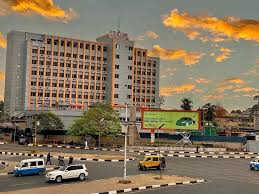
1. Imo- 17.77% inflation rate
2. Ebonyi – 16.13%
3. Katsina – 15.99%
4. Abia – 15.38%
5. Kaduna – 14.82%
6. Enugu– 14.69%
7. Rivers– 13.84%
8. Zamfara – 13.82%
9. Borno – 12.52%
10. Kano – 12.51%
Several factors contribute to Imo’s high cost of living:
– Rising Food Prices: The state has experienced continuous hikes in food prices due to supply chain disruptions and transportation costs.
– Housing Costs: Rental prices in urban centers like Owerri remain significantly high compared to other southeastern states.
– High Demand for Essential Goods: Increased consumer demand, coupled with inadequate supply, keeps prices inflated.
– Economic Policies and Taxation: Local government policies, levies, and taxes have also contributed to higher operational costs for businesses, which pass these costs on to consumers.
While the rebasing of the CPI reflects lower official inflation rates, residents of Imo and other high-cost states continue to struggle with affordability. Many businesses and households are forced to cut expenses, impacting economic activity and consumer spending.
As Nigeria navigates these economic challenges, policymakers must address the structural issues driving high costs in certain states. Without effective interventions, living expenses in states like Imo will remain a significant burden on residents.


















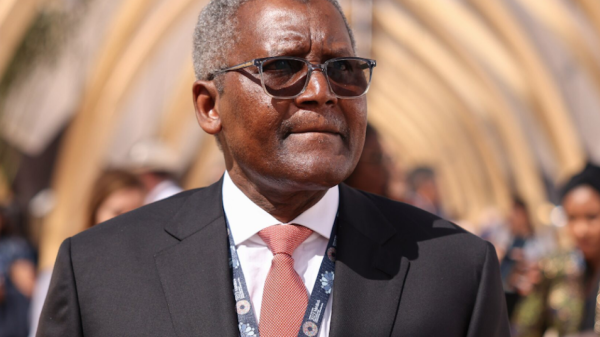
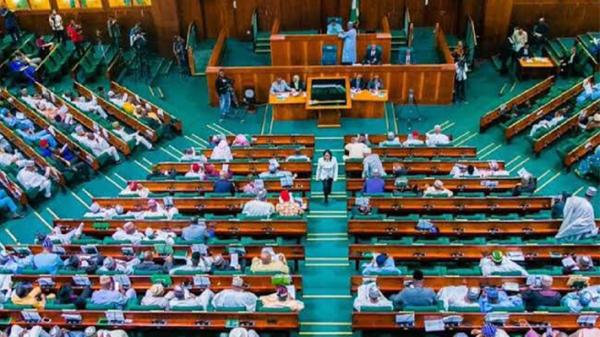





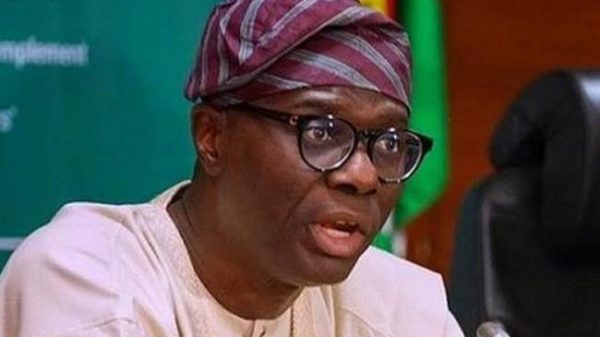








































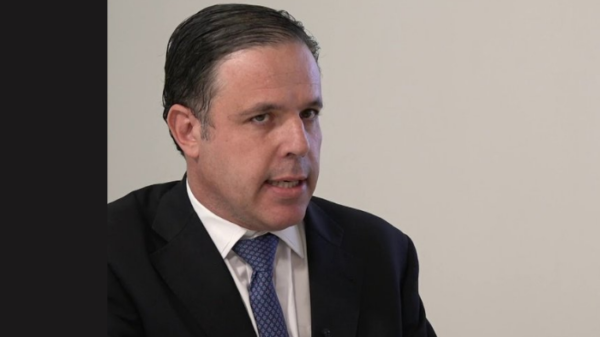










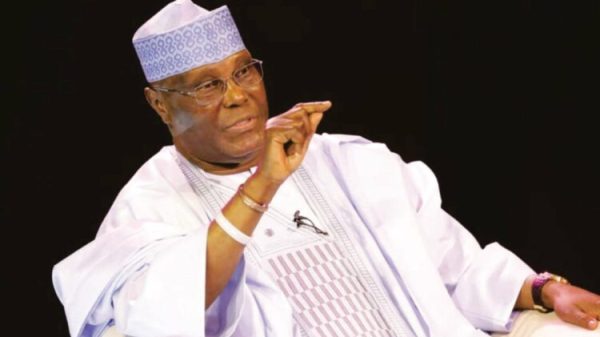


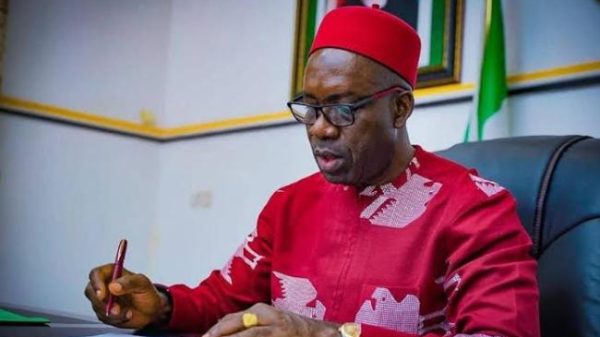



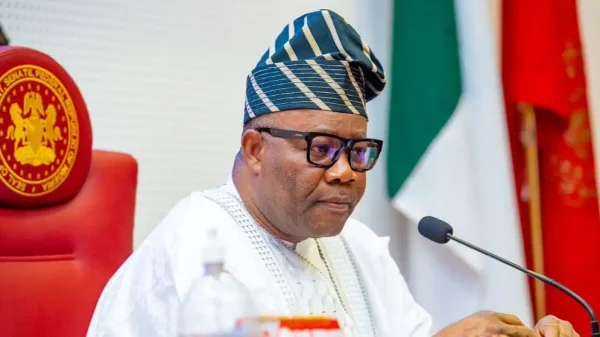
















Uche ANYANWU
February 20, 2025 at 9:10 am
Absolutely right